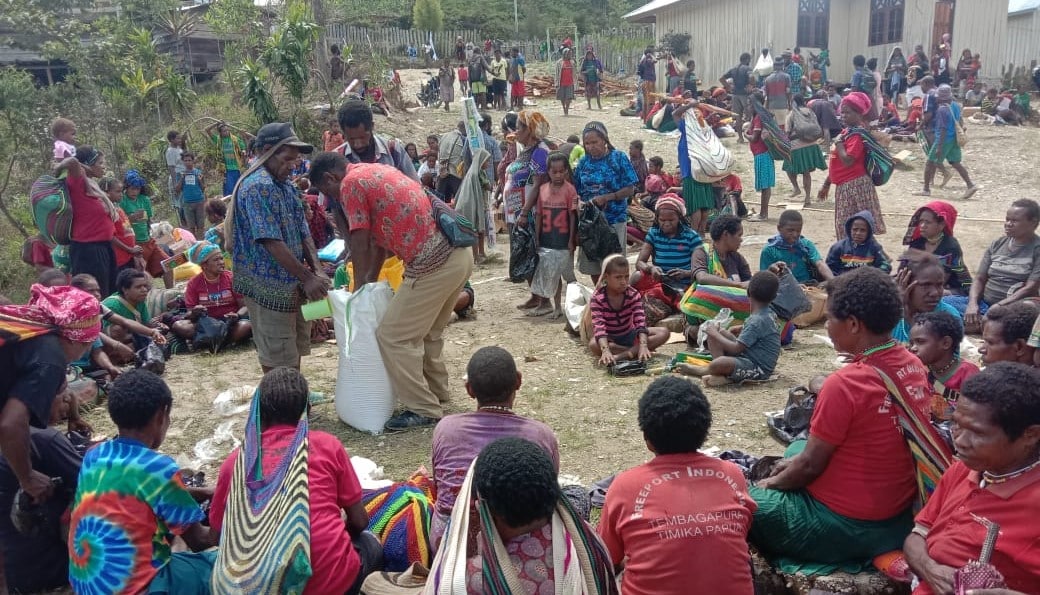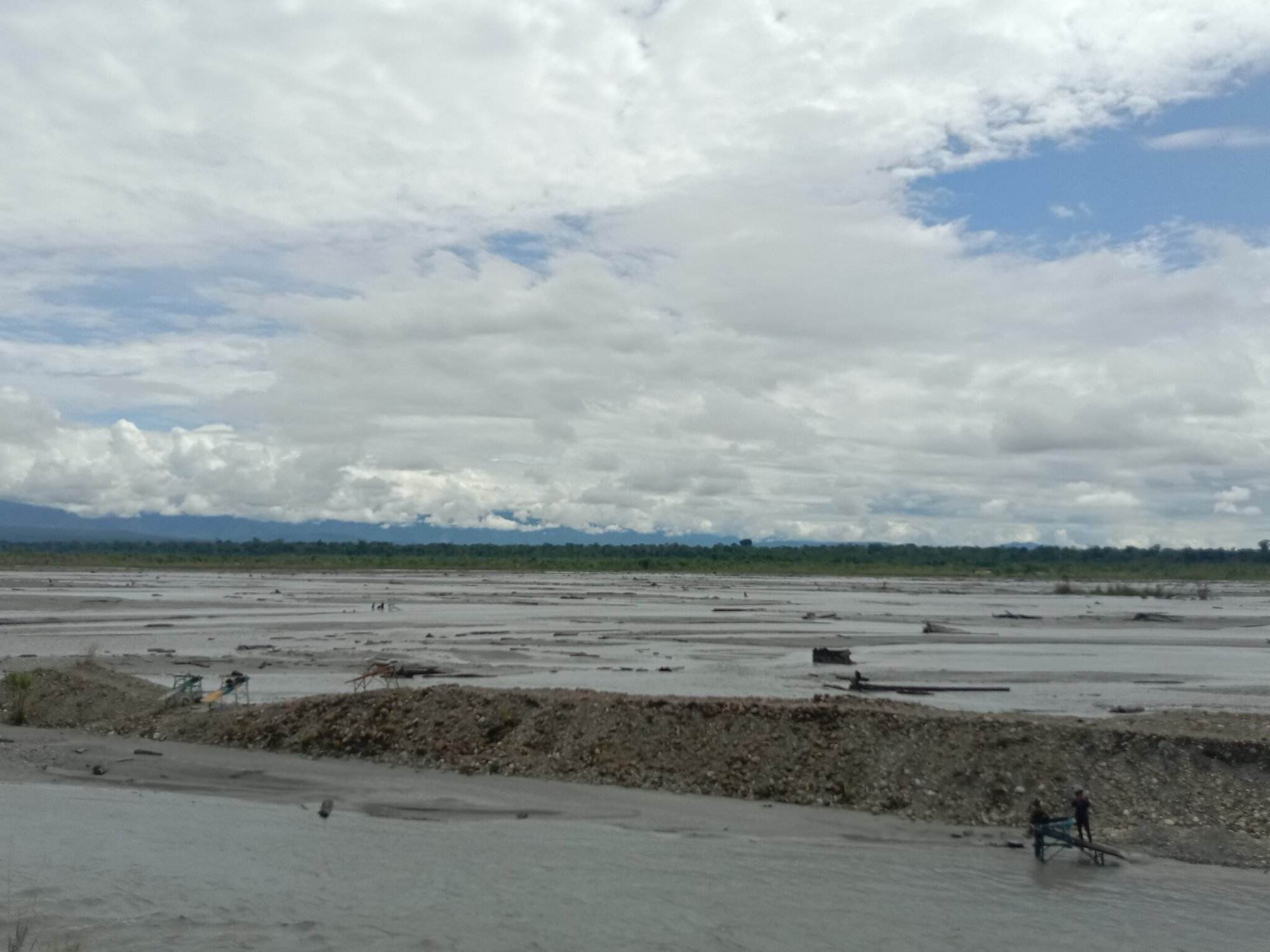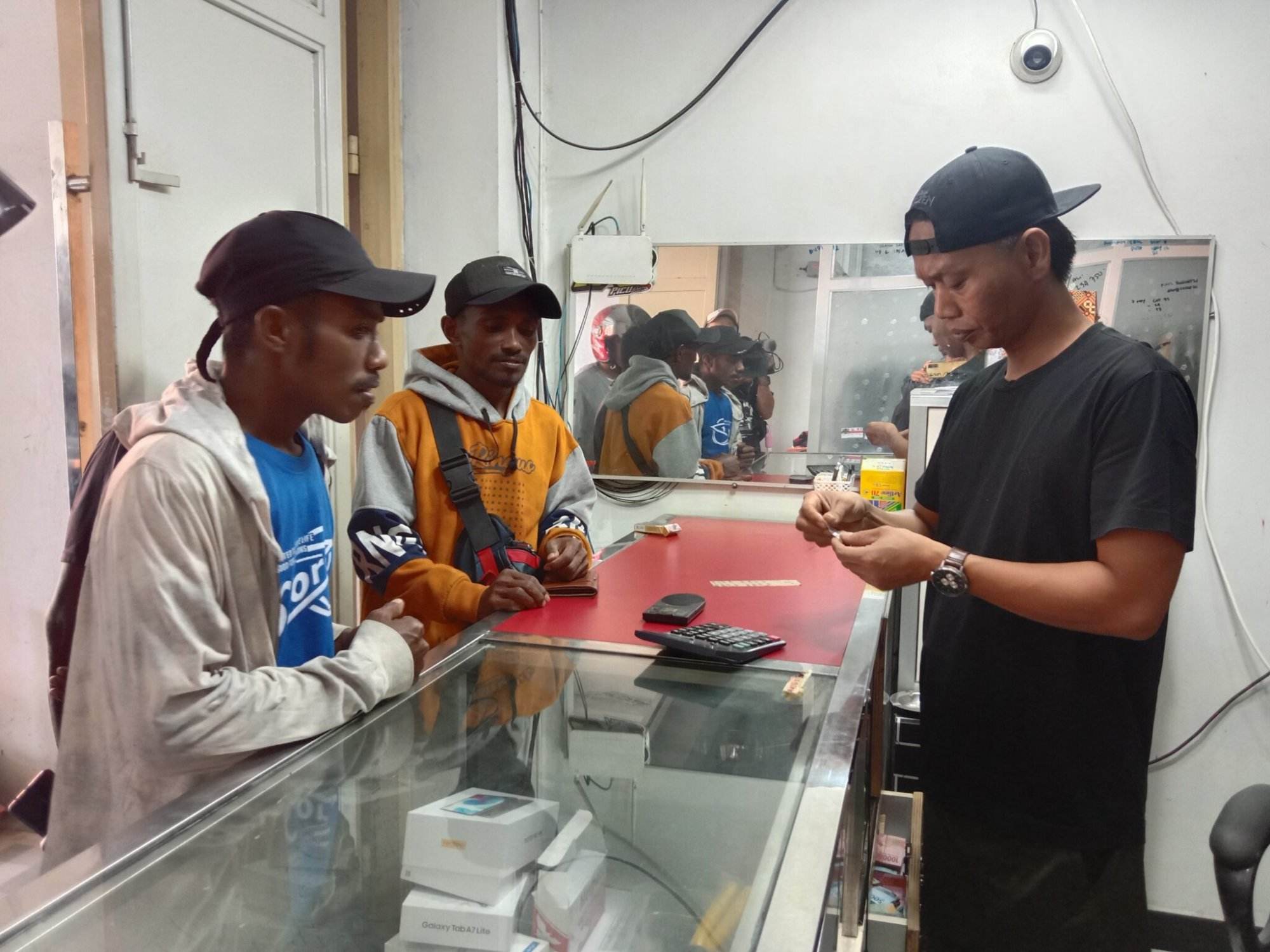Jayapura, Jubi TV – The United States Holocaust Memorial Museum released a report on Papua on July 21, 2022. The report says Papua to experience mass atrocities in the next few months possibly.
In the report titled “Don’t Abandon Us: Preventing Mass Atrocities in Papua”, Indonesia is said to be increasingly populated by rich and politically influential people. The country’s two easternmost provinces, Papua and West Papua, are the only regions that continue to experience armed conflict and significant political instability.
In recent years, violence between indigenous Papuans who support the Papuan independence movement and the Indonesian government has increased. Although large-scale violence against civilians does not occur today, the signs of its possibility are visible already.
“I don’t make predictions but I have seen the objective condition in Papua. If there is no intervention from policymakers and the government, these atrocities will happen in the next few months,” said Made Supriatna, the author of this report.
The report states that Indonesia is ranked 27th on the list of world countries that have the potential to commit mass atrocities.
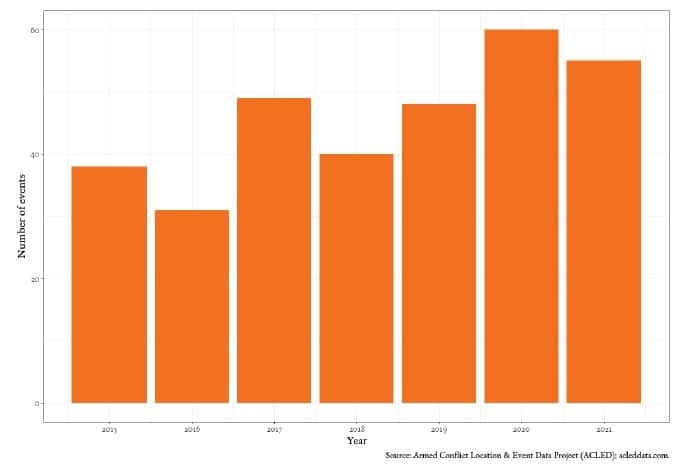
Made Supriatna, a researcher at the Simon-Skjodt Center for Early Warning, said Indonesia had a number of risk factors, for example, Indonesia had a long history of mass atrocities, indigenous Papuans were structurally excluded from political decision-making; exploitation of Papua’s natural resources by the state and Indonesian multinational companies were massive; Indonesian security forces in Papua had allegedly violated human rights; and the indigenous Papuans and Indonesians living in Papua often experience conflicts over economic, political, religious, and ideological issues.
“All these structural factors can be easily spotted in Papua, in addition to other triggering factors such as major socio-political changes that shift the balance of power, change of incentive structure, and further division of groups,” said Made Supriatna.
According to him, these triggering factors have been very clear over the last three years, as shown by a lot of protests, increase divisions among Indigenous Papuans; and the escalated armed conflict between the West Papua National Liberation Army (TPNPB) and security forces.
“The main determining factor that concludes Made Supritana’s research is racism against Indigenous Papuans,” said Rev. Benny Giay, chair of the Papuan Church Council.

He said that ever since the racism case against Papuan students in 2019, the state has not shown a willingness to solve racism. The state instead labels Papuans, not just armed groups, as terrorists, in order to legitimize sending large-scale troops to Papua.
At the same time, the state instead amended the Special Autonomy Law and created three new provinces without the participation of the Papuan people. “The state allows the practice of buying and selling weapons between armed groups and members of the Indonesian Military (TNI) and police, which perpetuates violence in Papua, which in the end can have fatal consequences for the population of Indigenous Papuan,” Giay said, adding that the lack of health services and a chaotic education system also adds to the prolonged and increased violence.
However, Presidential Office expert staff Theofransus Litaay said research by the U.S. Holocaust Memorial Museum had methodological weaknesses. “The result is not valid because the identification of the research questions is wrong. The author applies the memory of East Timor in his research. It’s not what really happen,” said Litaay, quoted by BenarNews.
Meanwhile, a senior researcher from the Papuan Task Force at Gadjah Mada University, Gabriel Lele, said Made Supriatna’s report had a limited database because it was only conducted in March-August 2021. If this study could collect data over a longer period of time, Gabriel said, the conclusions could be different. “It is true that there has been an escalation of violence. But the main perpetrators are TPNPB while the victims are civilians, sometimes even the TNI and police,” Gabriel told BenarNews.
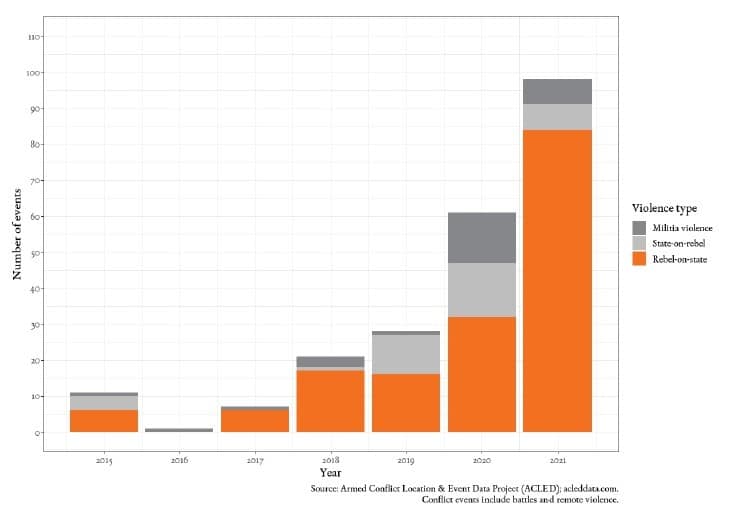
This report also mentions that the growing non-Papuan population has created inter-communal tensions. As the Indonesian government massively built the trans-Papua road during the Jokowi administration, Indigenous Papuan, especially those living around the trans-Papua road, are threatened. They are not only threatened by the construction of the road but also by the potential control of natural resources and economic sectors. This will accelerate discrimination, marginalization, and depopulation of Indigenous Papuans.
“The road will be used economically by non-Papuans only. Papuans are not ready to be involved in the economic system that the government wants to build,” said Cahyo Pamungkas, a Papua researcher from the National Research and Innovation Agency (BRIN). Indigenous Papuans are also concerned the trans-Papua road will accelerate logging activities in Papua, which means that there will be more and more TNI and police security posts along this road. The distribution of consumer goods will be even more massive with the presence of the Trans Papua road, which will trigger changes in the consumption patterns of indigenous Papuans in the mountainous Papua.
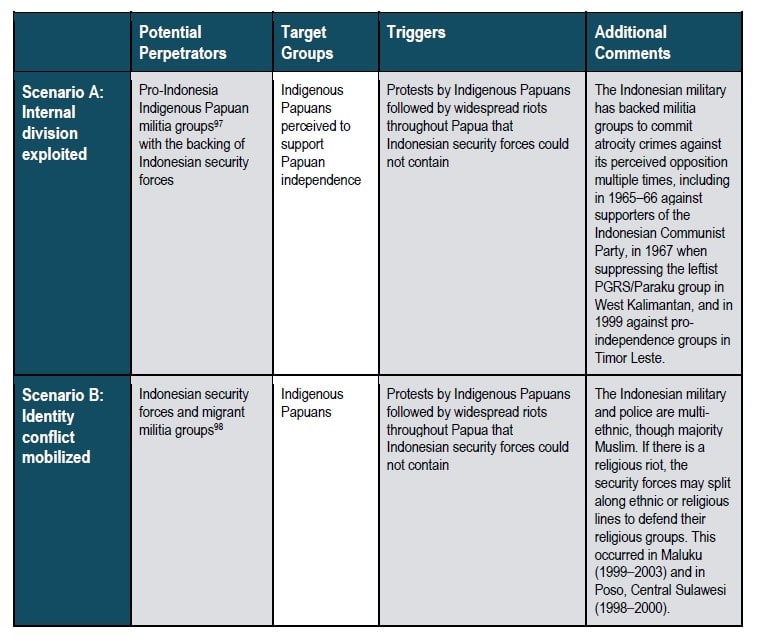
“Indigenous Papuans are worried that this situation will further discriminate, marginalize, and depopulate them,” said Cahyo.
Seeing the current condition of Papua with increasing migration from outside Papua with the continuous dispatch of security forces, Veronika Kusumaryati, an anthropologist at Georgetown University concluded that the two things are interrelated. Migrants who come to Papua not only come because of the economic attractiveness of development projects in Papua and Papua’s rich natural resources but also the political and ideological interests of the state, including religion.
Veronika said the presence of the security forces would support these interests. On the other hand, the arrival of these migrants will increase competition which is very likely to cause conflict and at one point will be seen as the atrocities that Made Supriatna mentions in his report.
“The power of the state with its security forces and the power of non-Papuans with their economic, political and ideological interests indicate a very high possibility of mass atrocities in Papua in the future. This has already begun to be seen in Intan Jaya,” said Veronika. (*)



